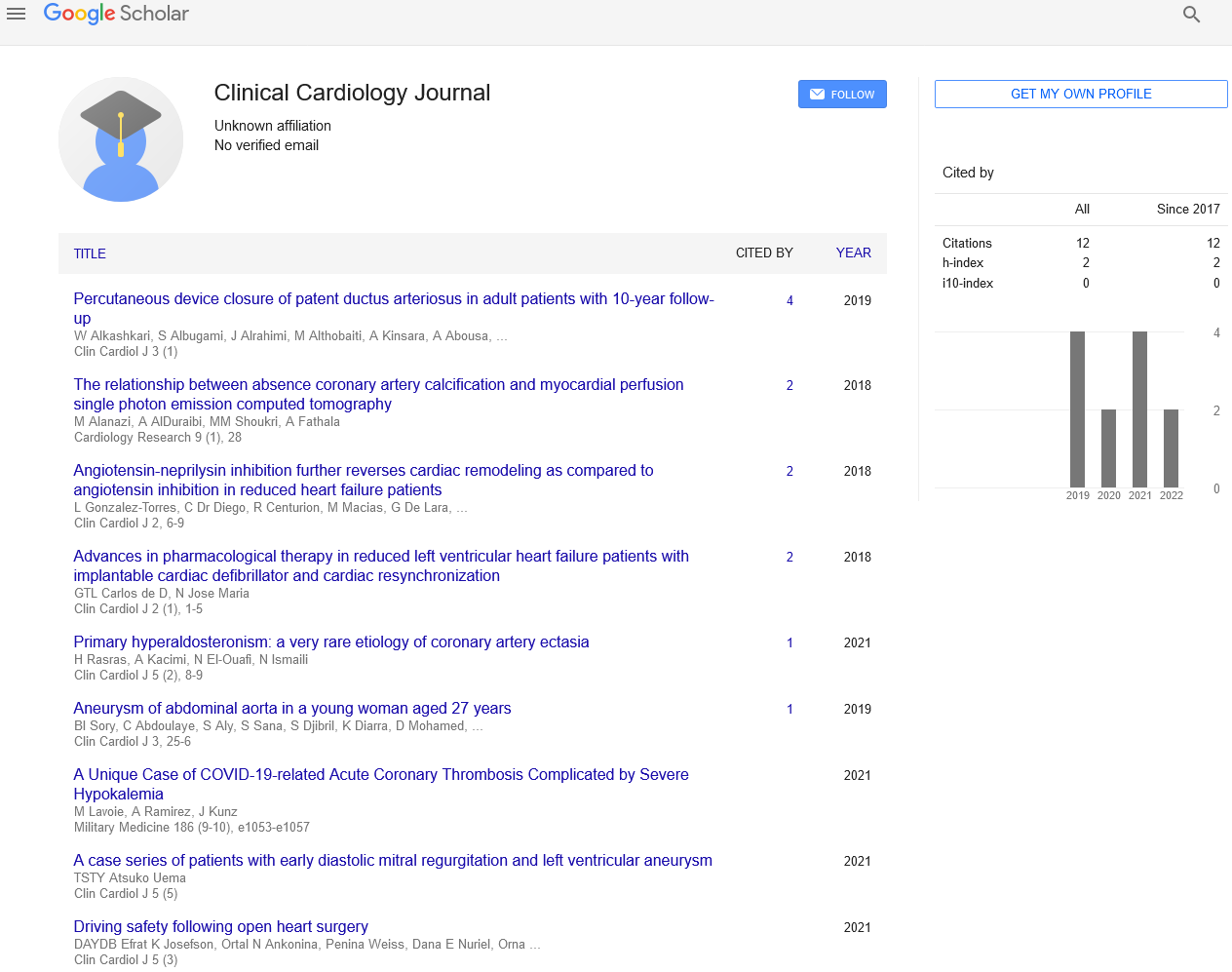
Sign up for email alert when new content gets added: Sign up
What can we learn from vascular differentiation in plants?
International Conference on Heart Congress, Vascular Biology and Surgeon’s Meeting
December 04-05, 2017 Dallas, USA
Roni Aloni
Tel Aviv University, Israel
Posters & Accepted Abstracts: Clin Cardiol J
Abstract :
Vascular tissues connect the leaves with the roots and enable a long distance transport of water and nutrition between the organs. The signals which induce vascular differentiation originate at the tips of young growing organs: leaves and roots, promoting early patterns of vascular differentiation, first in these peripheral organs. The vascular-inducing signal of leaves is auxin, which starts to flow from cell to cell by diffusion, induces a polar auxin transport process, which leads to the canalization of the auxin flow along a narrow file of cells. These cells become more polarized and more efficient transporters of auxin. The continuous polar transport of auxin through the canalized cells results in the formation of a vessel. Gradients of auxin along the plant body induce gradients of vessel sizes; the fast differentiating cells result in the narrowest vessels. This information allows the physically replacement of an injured vessel by an auxin-induced-regenerated vessel around a wound. Tumor development in plants demands de novo vascularization. Growing tumors produce the hormonal signal ethylene, which substantially decreases vessel width in neighboring healthy tissues, giving priority of water and nutrient supply to the growing tumor. By using plants that are insensitive to ethylene, tumor development can be eradicated. In this lecture, I will illustrate how the differentiation, regeneration and pattern formation of vascular tissues are controlled in plants. This general information will likely contribute to better understanding and practice in vascular tissues of humans.




